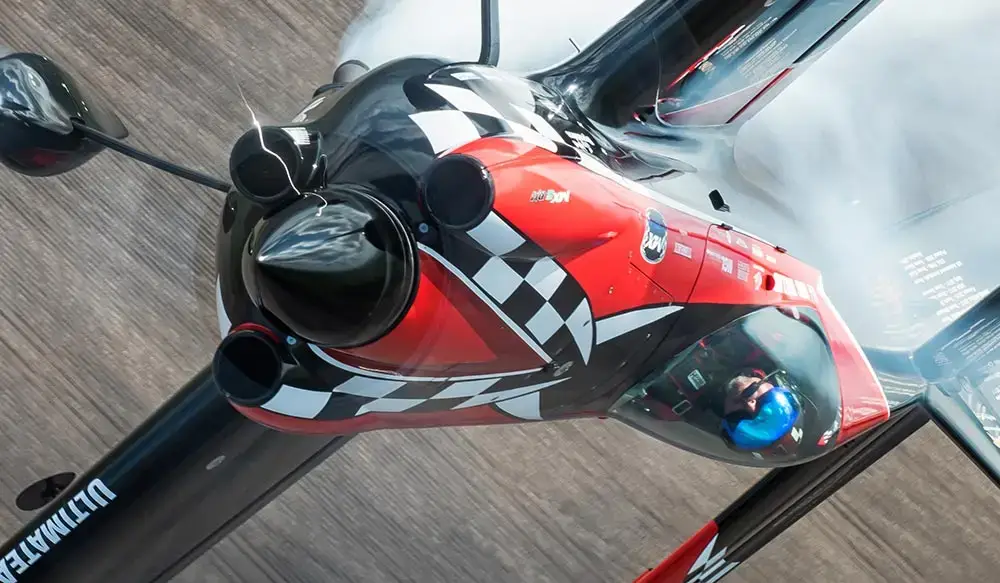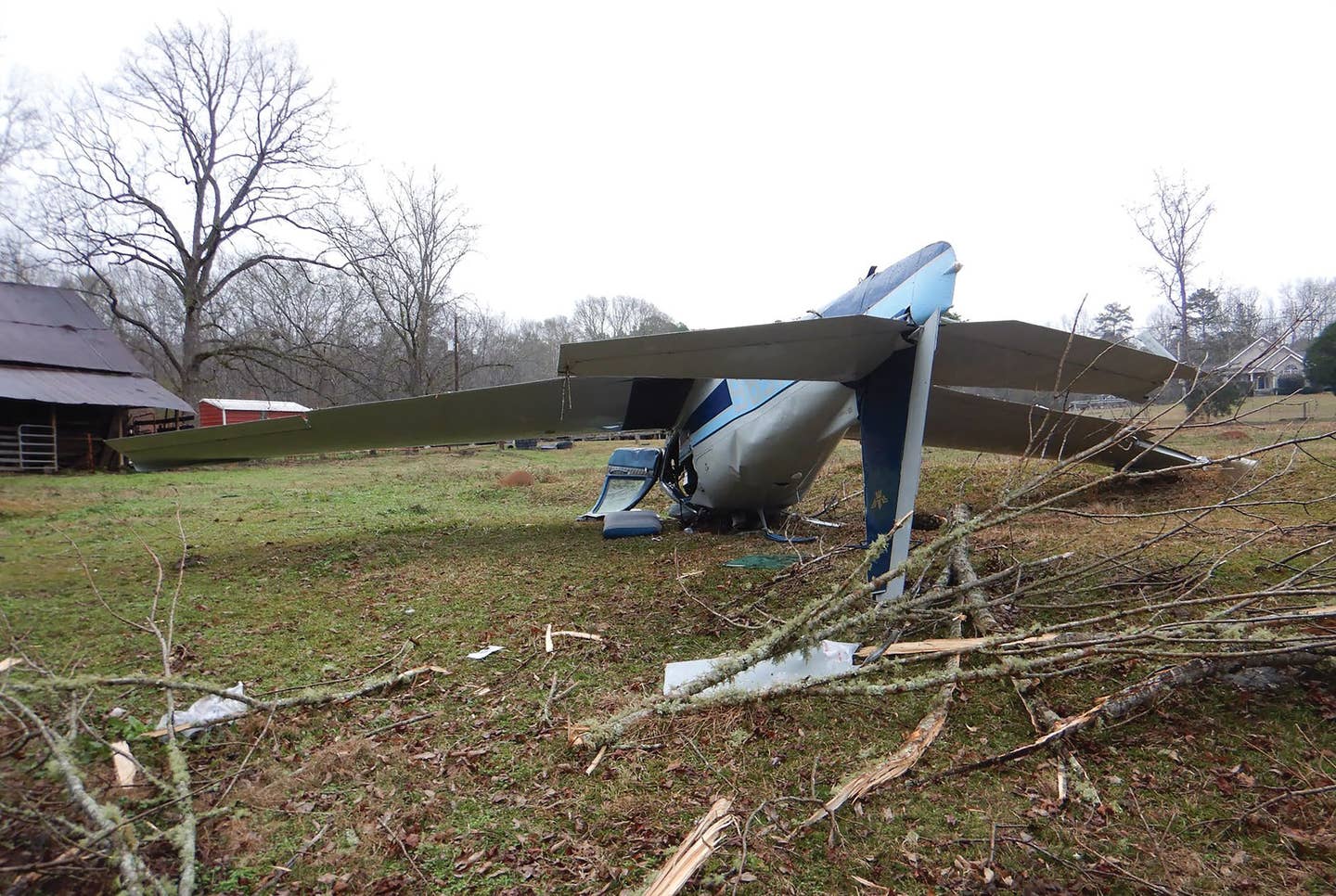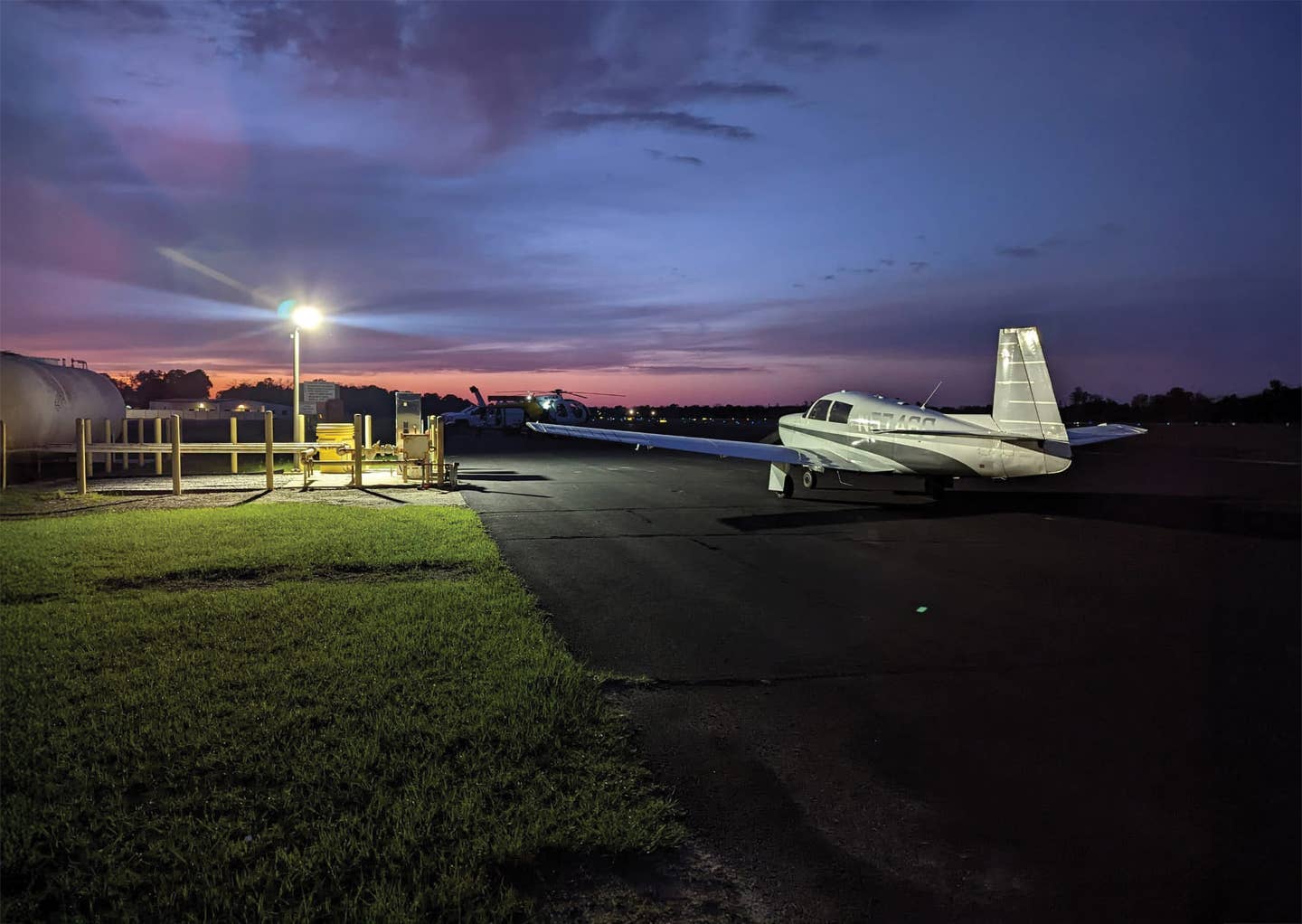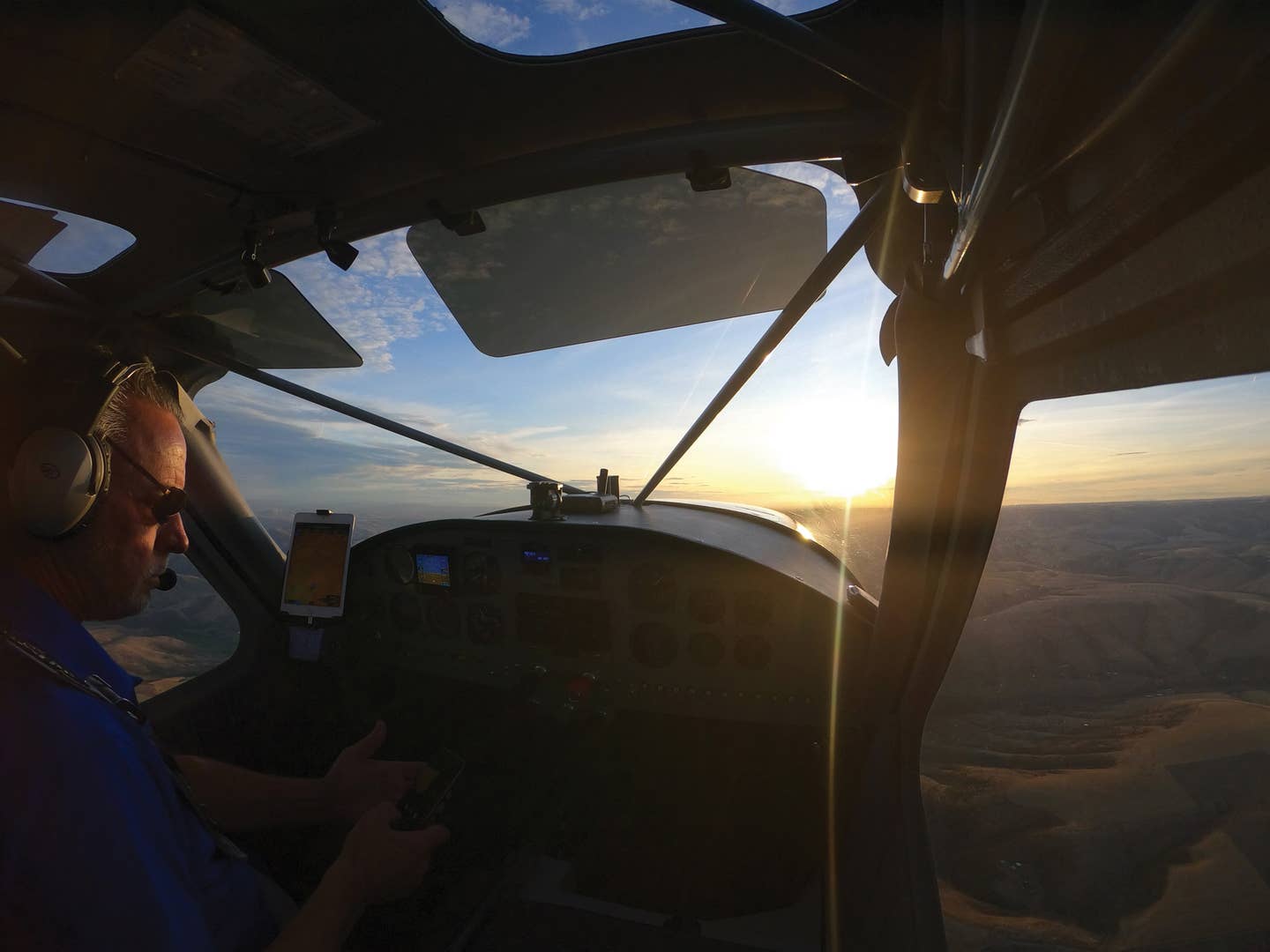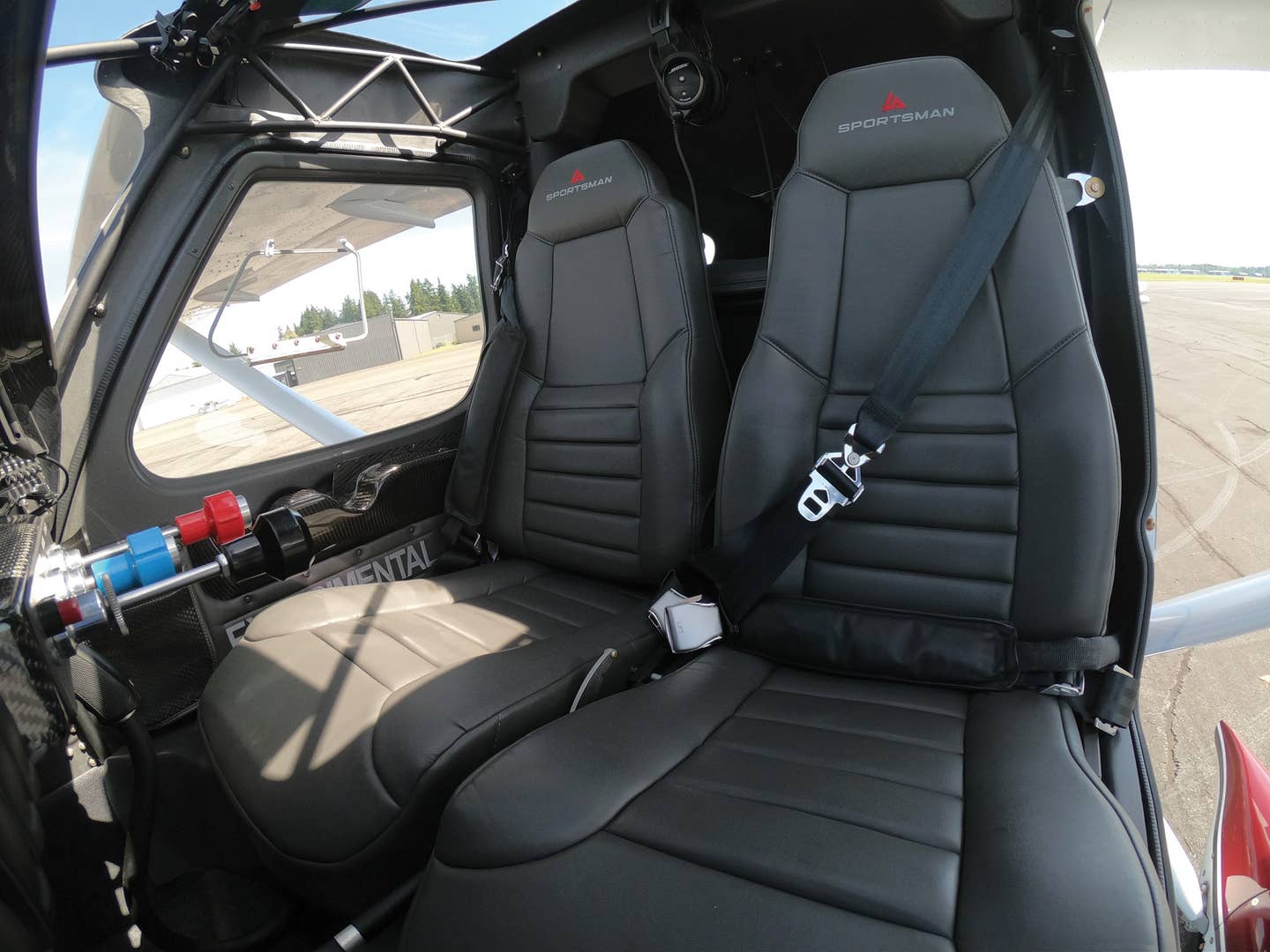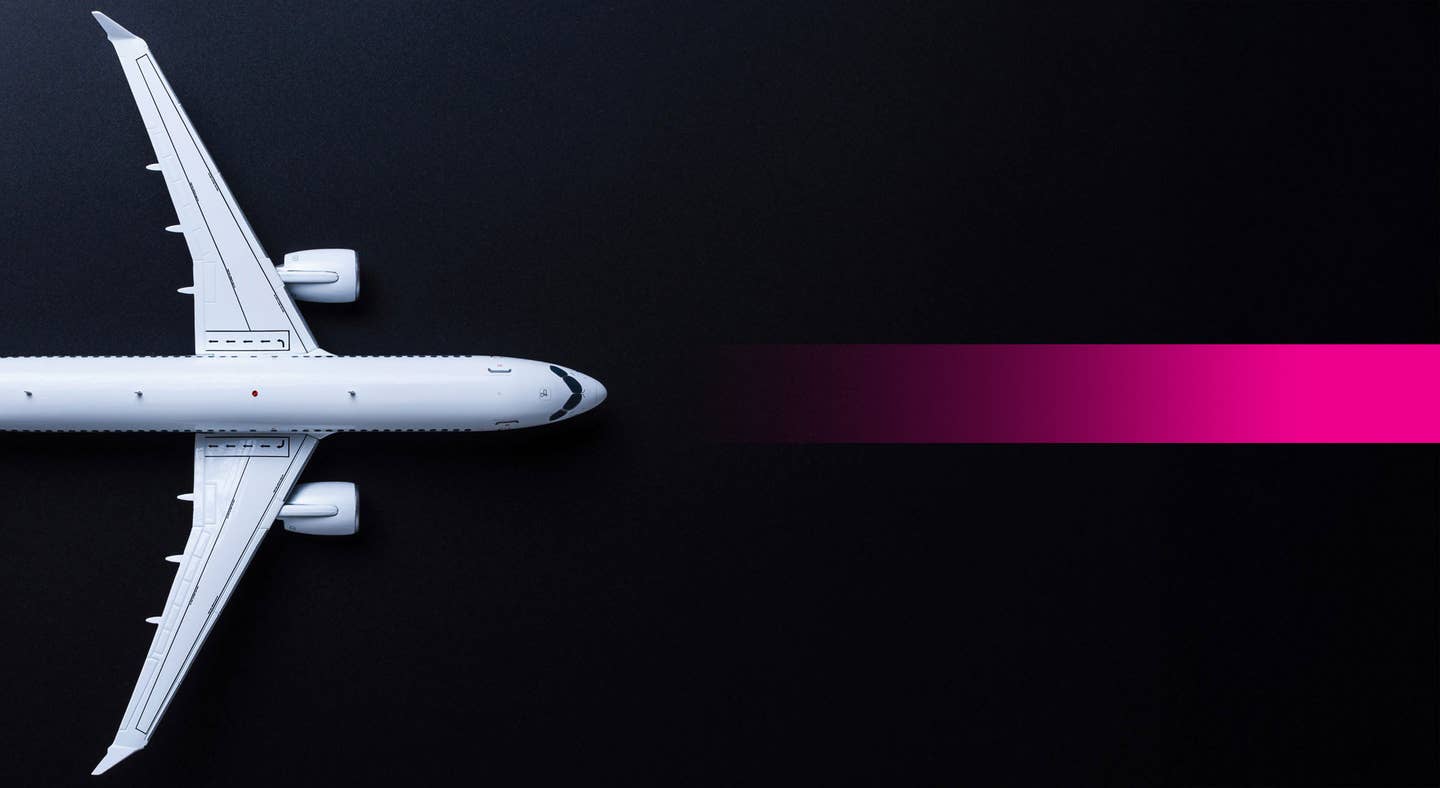All of us in aviation lost seven friends last February. No one can forget the horrifying video of the space shuttle Columbia breaking up in the high sky over northwest Texas. For many of us who love the sky, the image was almost incomprehensible, a nightmare revisiting the 1986 loss of the shuttle Challenger.
NASA has finished its investigation of the Columbia tragedy and concluded that the shuttle's left wing came apart in flight at something over 12,000 mph and caused the spacecraft to disintegrate 30 miles up. Columbia broke up only 16 minutes from touchdown.
The loss of the seven Columbia astronauts served to emphasize once again the risks of space flight and remind us all that no matter how remarkable our technology and how matter-of-factly we accept space flight, it's still a very dangerous business.
Unfortunately, NASA's fairly consistent successes over the last 106 launches have helped foster a blasé attitude on the part of many Americans. So it might be worthwhile to revisit the process of re-entry and examine what happened a year ago as the unpowered, 100-ton glider returned to Earth from 200 miles up.
Regular readers of this column may remember I interviewed shuttle astronaut Kent Rominger six years ago on a similar question. Rominger is a veteran space traveler with three shuttle trips and some 1,100 hours in space.
In the case of Columbia, the oldest shuttle's fate apparently was sealed shortly after liftoff on January 16 when a piece of insulation separated from the huge external fuel tank and struck the shuttle's left underwing. NASA officials saw the impact on video, but they'd witnessed similar incidents on other missions that resulted in little or no damage to the shuttle and, after three separate analyses, dismissed the impact as inconsequential.
When Columbia was ready for re-entry last February 1 over the Indian Ocean 12,000 miles from touchdown, a quartet of onboard computers positioned the shuttle so it was flying upside-down and backward. At the time, Columbia was orbiting roughly 1,000,000 feet above the Earth at 17,600 mph, about Mach 25.
As Rominger explained six years ago, "When we're ready to return to Earth, we only need to slow 200 mph to drop out of orbit. We use the dual Orbital Maneuvering System engines to generate 1/4 G of deceleration in two to three minutes (depending upon weight), and that starts us downhill. If one OMS engine fails, we can deorbit with the other one, and if we absolutely had to, we could even use the maneuvering rockets for deceleration." Rominger acknowledges there are plenty of real risks to space flight, but he comments, "Despite what Hollywood would have you believe, the chances of being stranded in space are essentially nil."
When the critical deorbit burn is complete, the computers command the thrusters to pitch the nose down through vertical (remember, the shuttle is flying inverted and backward at this point) and gradually continue the pitch until the aircraft has passed level and is flying at an angle of attack of roughly 40 degrees nose up, now facing its direction of flight. There's essentially no air to cause additional drag above 100 miles, so speed remains well over 16,500 mph as the shuttle descends toward the Earth at 20,000 fpm.
Finally, at 395,000 feet altitude and 5,000 miles from touchdown, the shuttle begins to enter the Earth's atmosphere and decelerate. The high pitch attitude is intended to maximize deceleration while minimizing the heat of re-entry. Still, as Rominger recounted, the temperature outside the spacecraft climbs to about 2,700 degrees F.
Normally, the shuttle's thousands of ceramic tiles protect the aluminum structure underneath from heat damage. In the case of Columbia, a large section of the left wing's bottom leading edge had been compromised, allowing the heat of re-entry to burn through the remaining insulation and attack the wing structure. Just as during the deorbit burn, the computers were flying the shuttle in this phase of the approach, guiding the aircraft through a series of S-turns, bleeding off speed on the long, steep glide toward Cape Canaveral. In theory, the computers could have flown the aircraft all the way to touchdown, though they weren't capable of extending the gear, deploying the drag chute or applying the brakes.
Ironically, the computers may have only served to mask the problem, automatically compensating for the additional drag of the disintegrating wing structure, though there was nothing Commander Rick Husband could have done even if he'd understood the situation. Without power, the shuttle was committed to descend from the moment it dropped out of orbit.
As Columbia crossed the California coast, it was roughly 250,000 feet up, still traveling at 15,000 mph, the point of maximum heating. It was at this location that the first video captured what appeared to be pieces departing the spacecraft. We'll probably never know the exact sequence of events after that, but by the time Columbia reached Texas, the aircraft had essentially disintegrated, still flying at an estimated Mach 18 and 207,000 feet. In an instant, mission commander Rick Husband, pilot William McCool, payload commander Michael Anderson, mission specialists David Brown, Kalpana Chawla and Laurel Clark, and payload specialist Ilan Ramon were gone.
Just as with Apollo 1 and 13, and the Challenger accident, NASA has gone to school on the problems and hopes to modify the remaining shuttles to minimize future risks. If all goes as planned, NASA will launch an improved shuttle early this year.
Some call the Columbia crew heroes, and if bravery is any definition, they certainly were. I doubt they would have considered themselves as such, however. They were special people doing a special job they loved, and you can bet they felt privileged to be among the chosen few to fly in space. Like the Challenger and Apollo 1 astronauts, the Columbia Seven will never be forgotten.
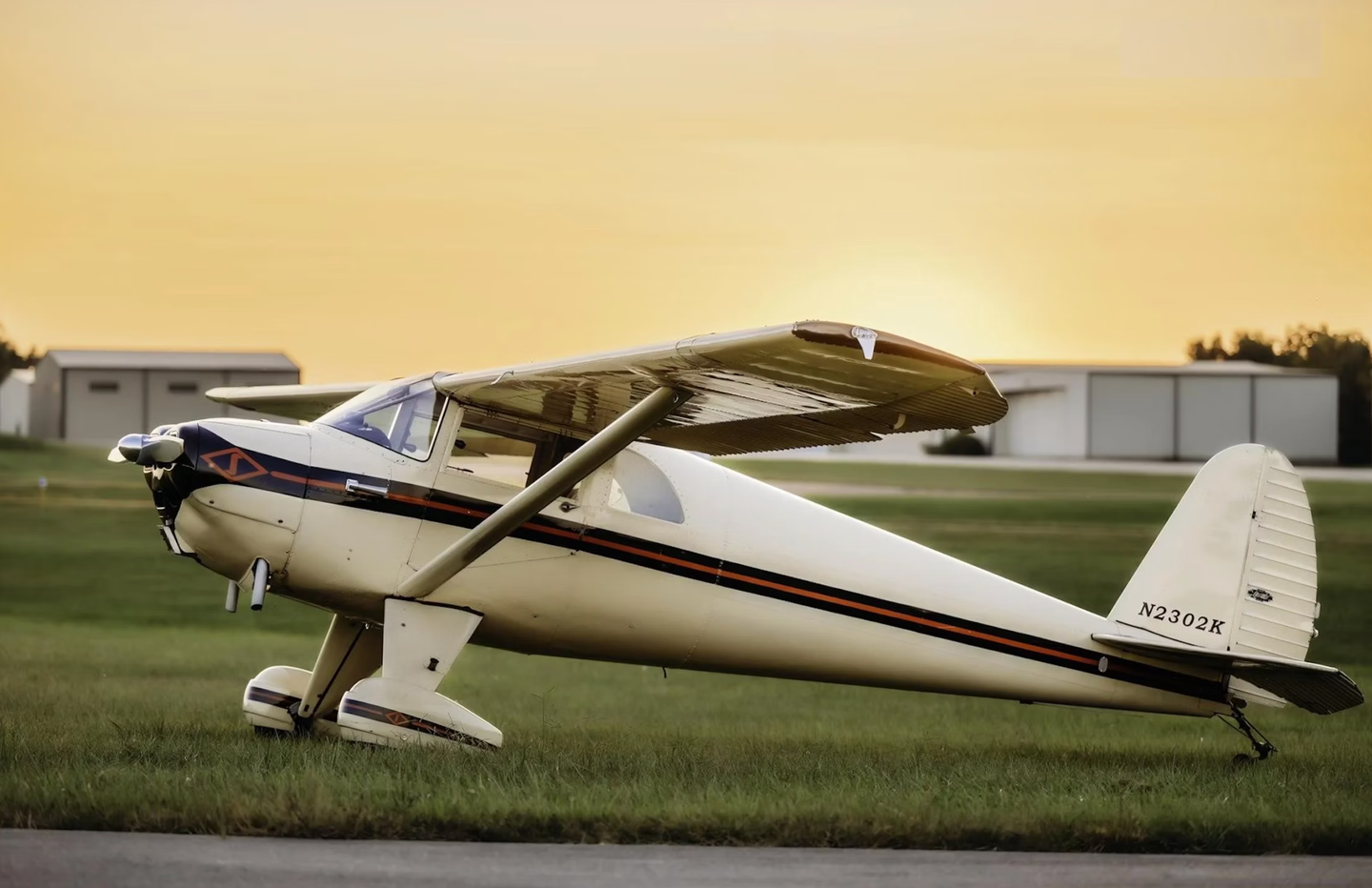
Subscribe to Our Newsletter
Get the latest Plane & Pilot Magazine stories delivered directly to your inbox

